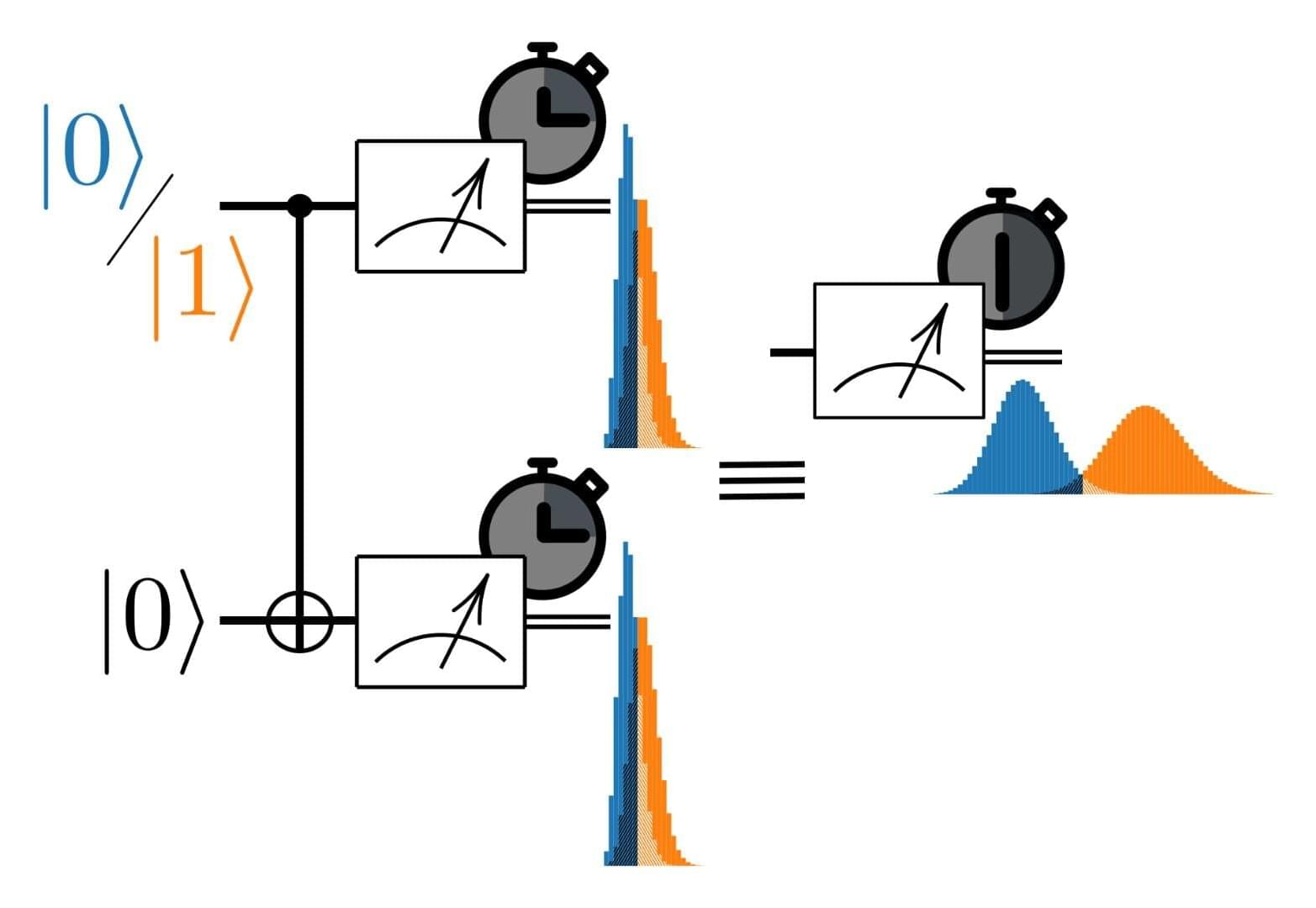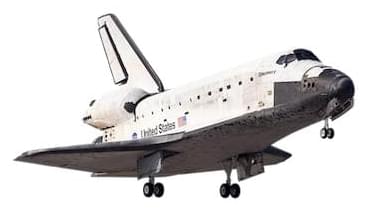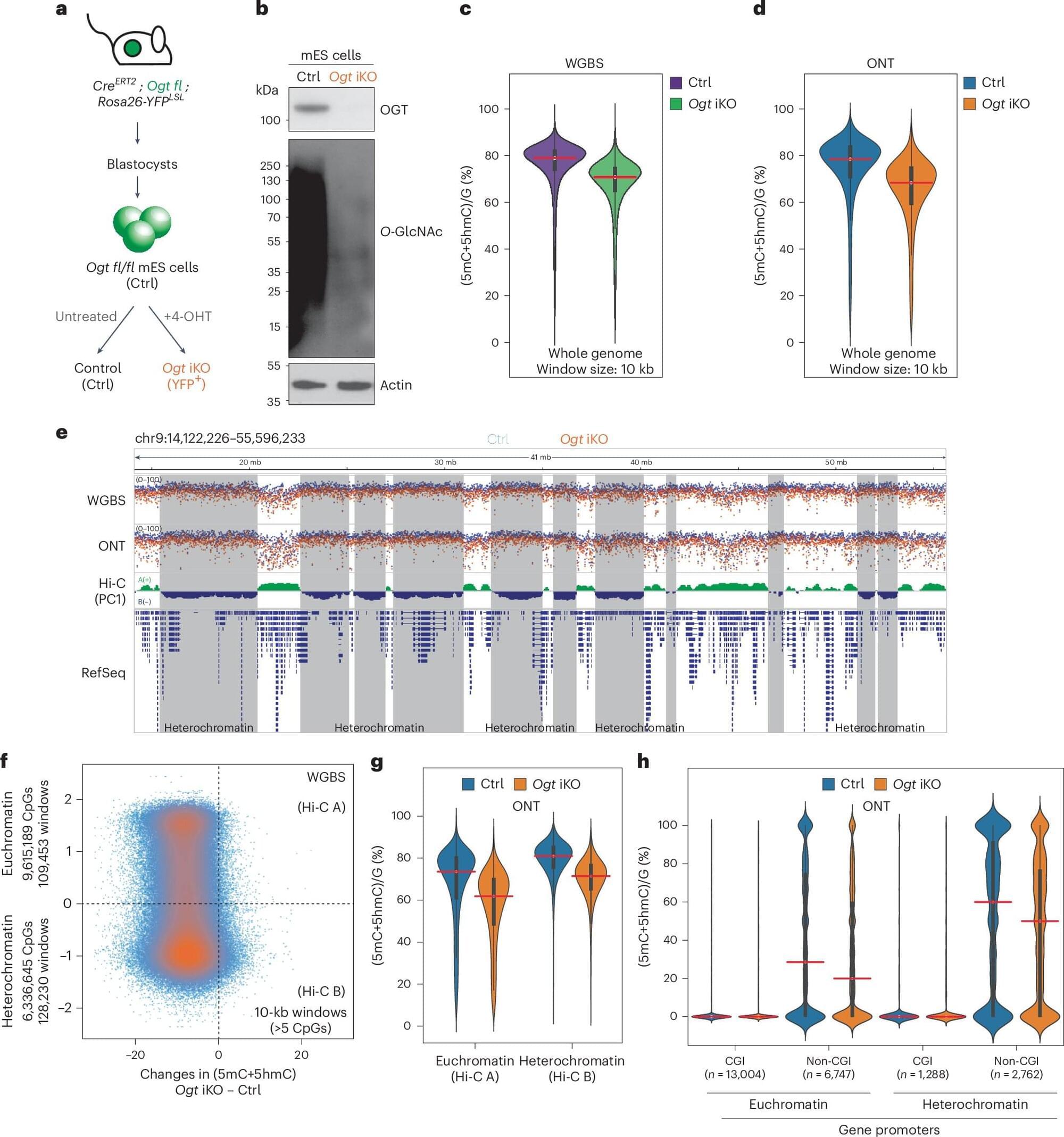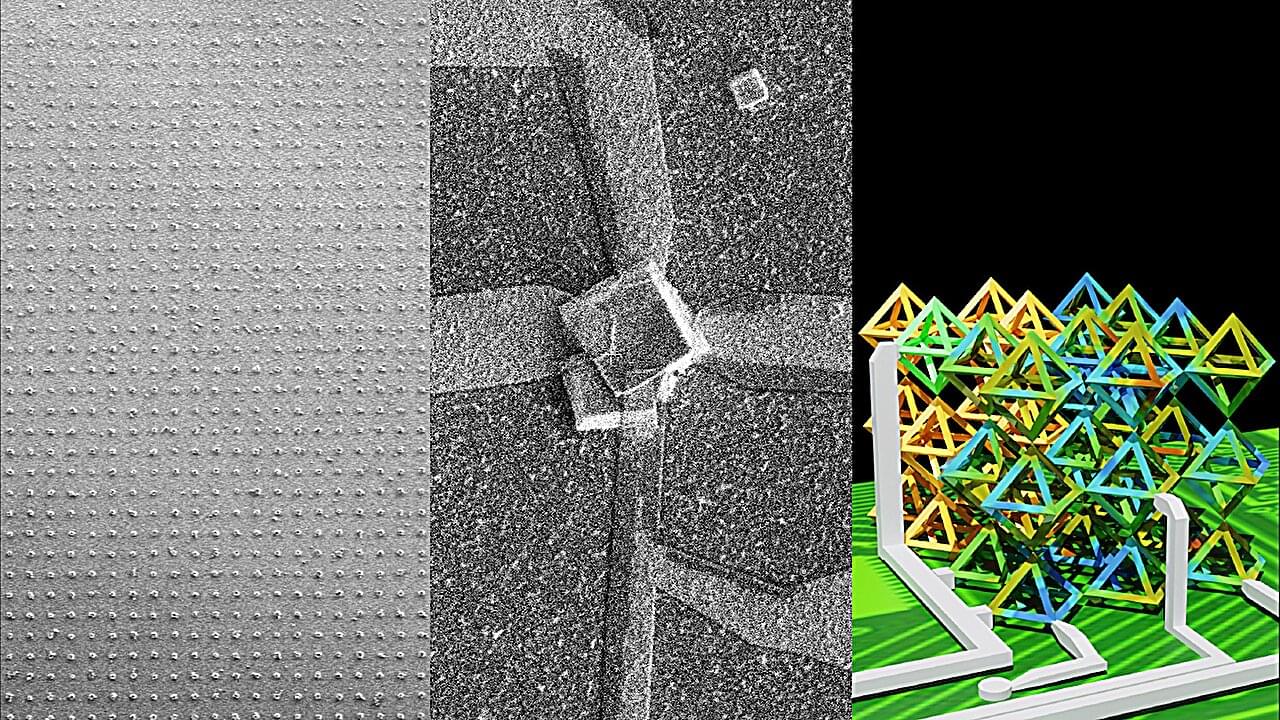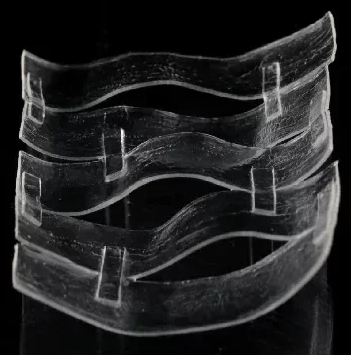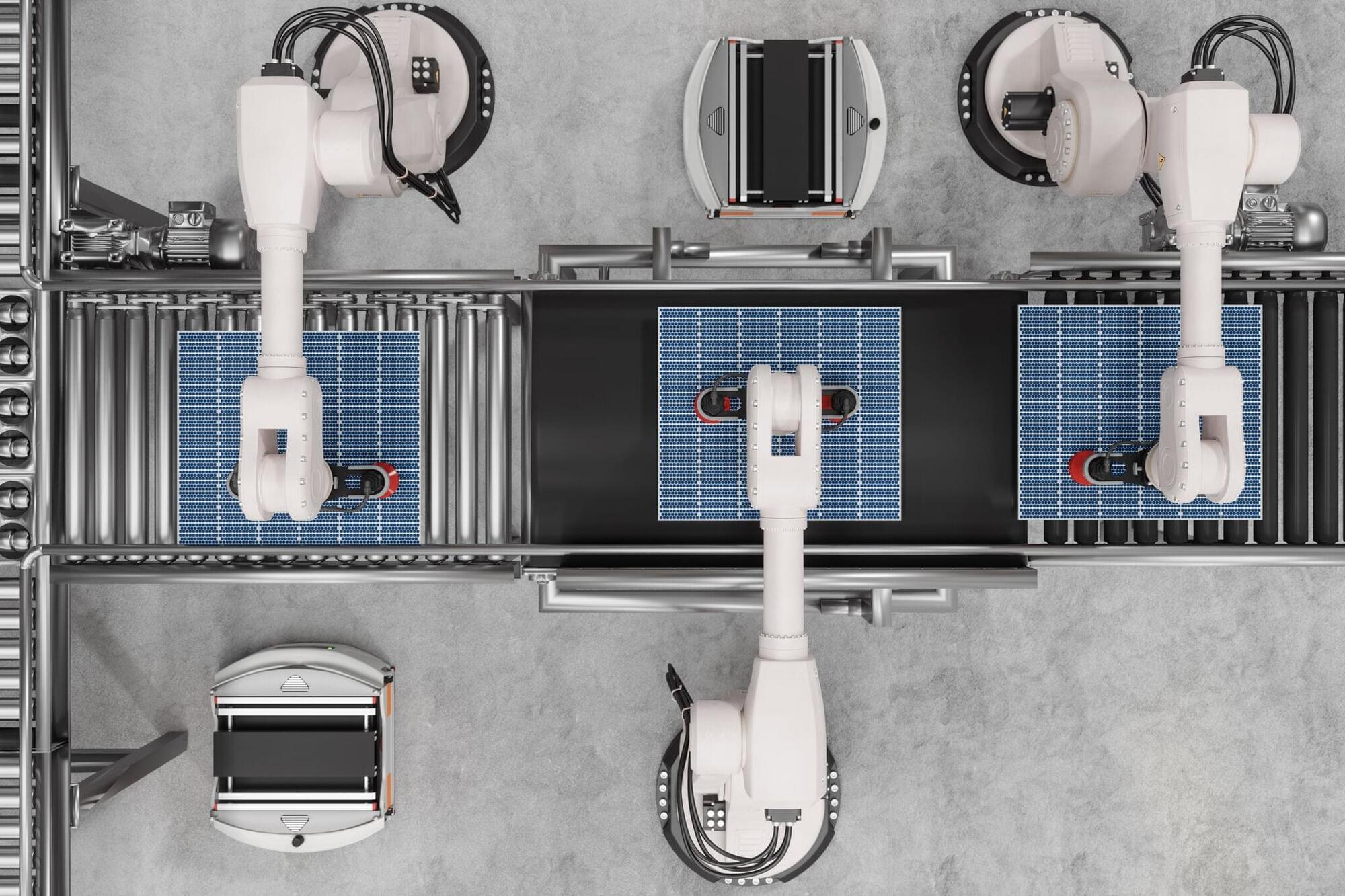In an attempt to speed up quantum measurements, a new Physical Review Letters study proposes a space-time trade-off scheme that could be highly beneficial for quantum computing applications.
Quantum computing has several challenges, including error rates, qubit stability, and scalability beyond a few qubits. However, one of the lesser-known challenges quantum computing faces is the fidelity and speed of quantum measurements.
The researchers of the study address this challenge by using additional or ancillary qubits to significantly reduce measurement time while maintaining or improving the quality of measurements.
